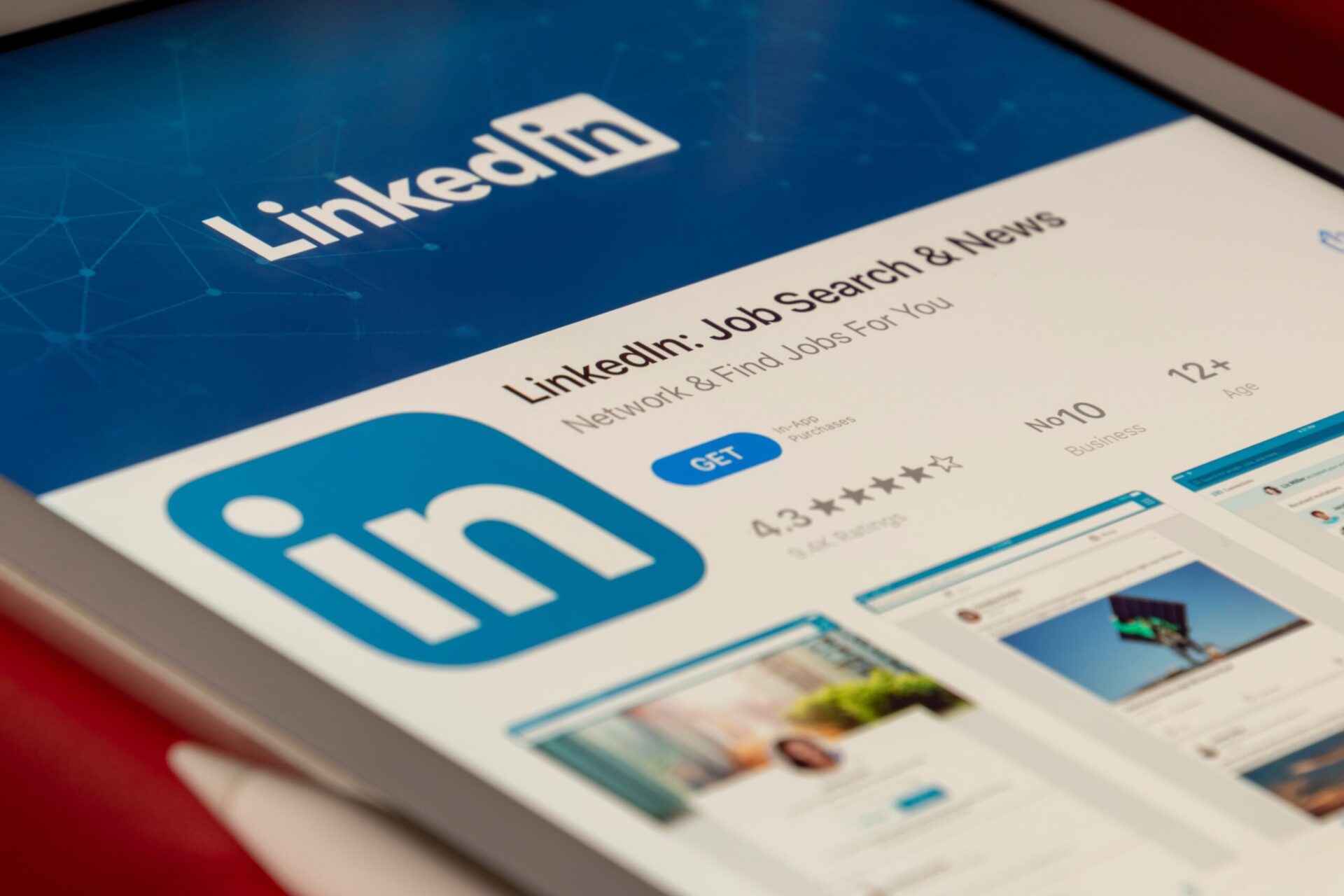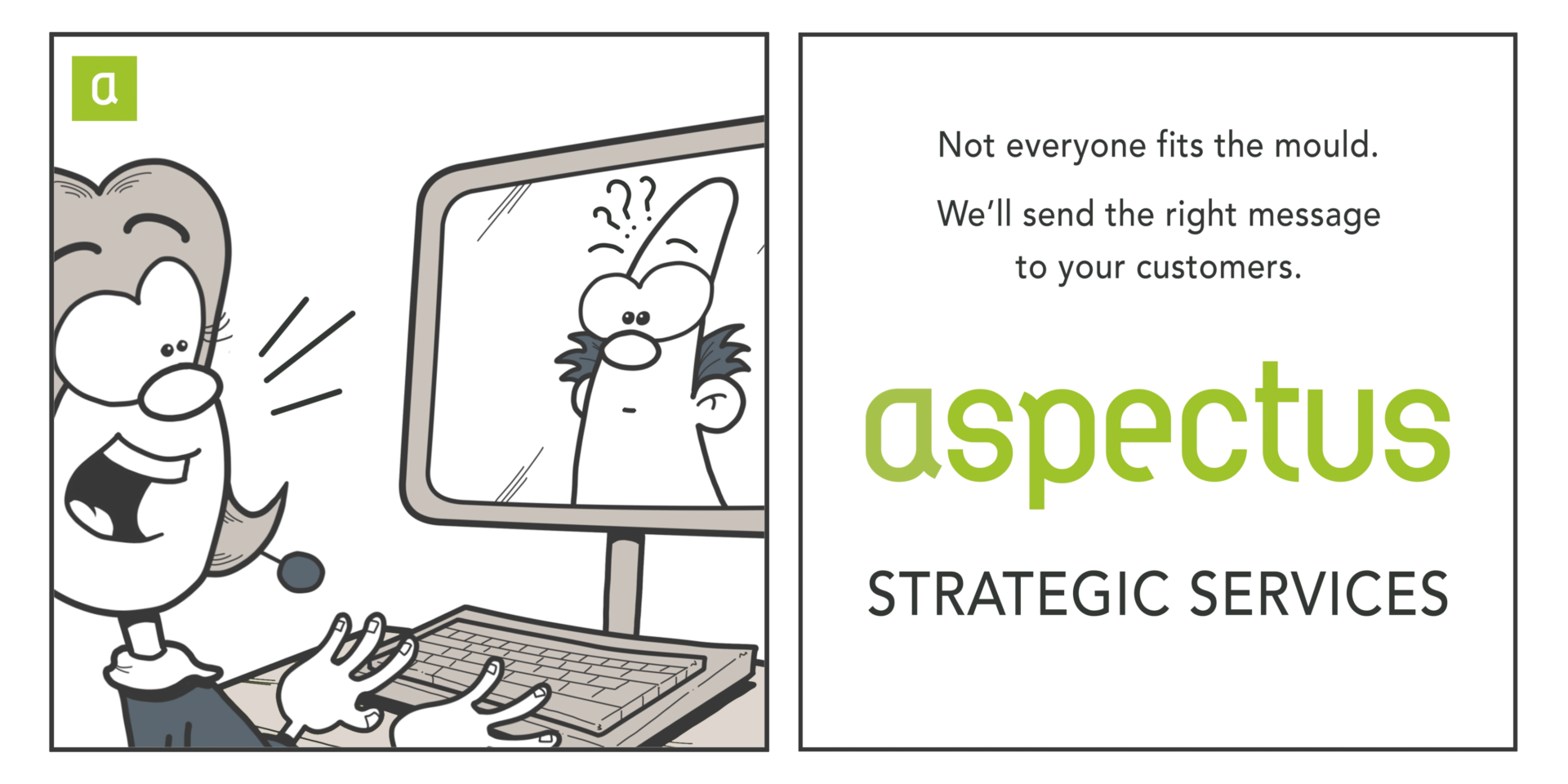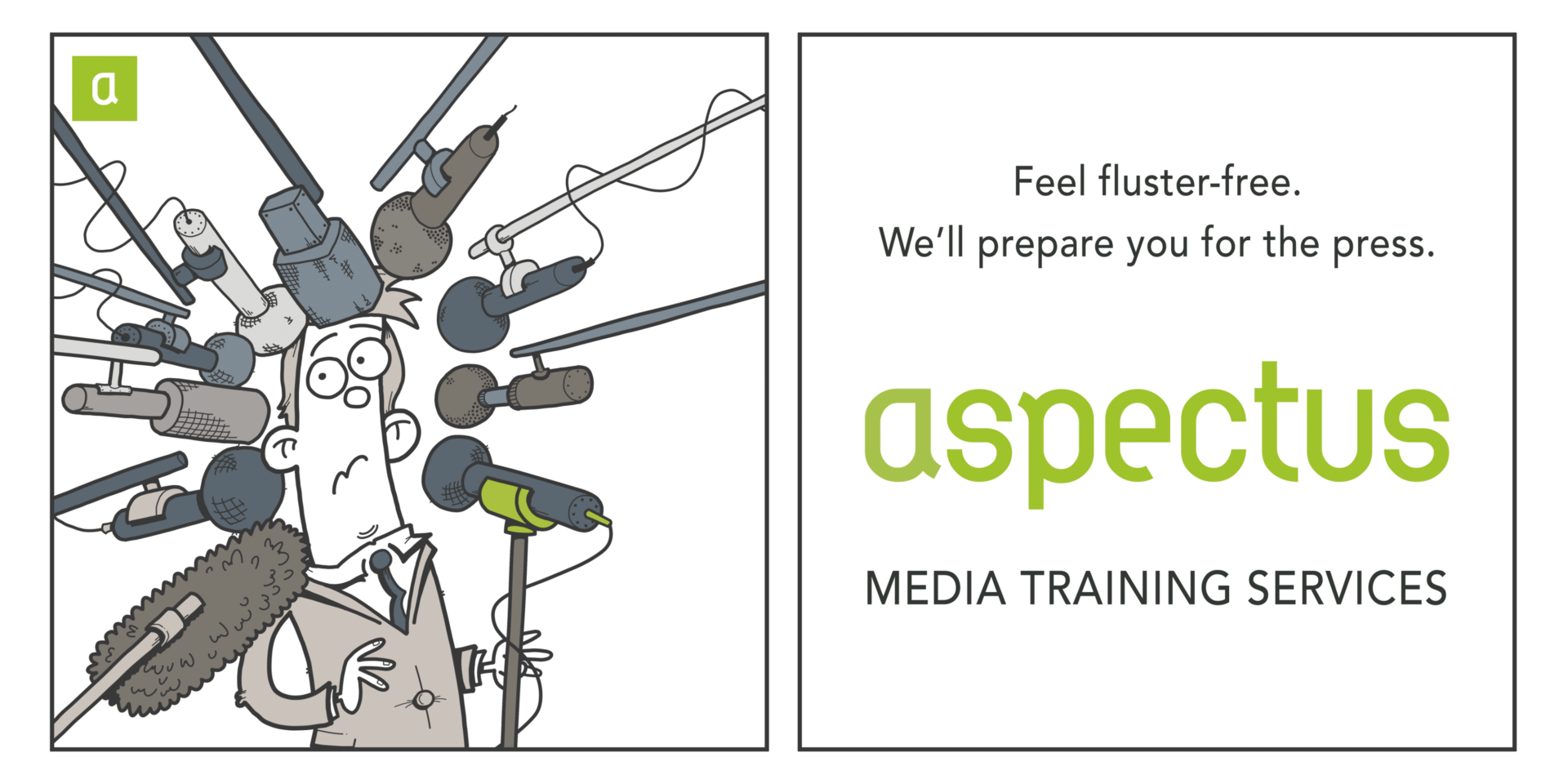You’ve got InMail: an update on LinkedIn’s changes to native sponsored messaging

By Kelley Wake, Senior Digital Account Manager, Aspectus Group
In case you missed it, at the beginning of the year, LinkedIn implemented an update that has changed how we adopt different ad formats for profiles based in the EU.
Here’s what you need to know:
- The European Court of Justice (ECJ) has announced that native inbox advertising (sponsored messaging ads) now requires direct marketing consent under the ePrivacy Directive. As a result, LinkedIn will no longer support EU member-based targeting on sponsored messaging campaigns and conversation ads, however, this update will not affect InMails.
- LinkedIn advertising policies suggests that if users are seen targeting EU members with unsupported advertising formats (sponsored messaging or conversation ads) will be suspended instantly and confirmed that both sponsored messaging and conversation ads can now only be used to target users in North America, South America Asia, Africa, Australia/New Zealand and the United Kingdom.
- After some digging, we have found that LinkedIn is now allowing members to control which messages they receive by adjusting their communication preferences on the Privacy Settings page or using the unsubscribe options in the footer of messages. We believe this may form the new “sponsored messaging audience”, although, there is no telling when or if this will happen.
This may come as a disappointment to some. Sponsored messaging has been a favourite of many for lead gen campaigns and allow brands to get right to their audience. However, all is not lost. The beauty of LinkedIn is that there are many different ad formats to suit different goals – including lead generation.
The question is, with everyone turning to the same tactics, how do you stand out?
It might sound simple but it’s all about going back to the core of your audience and what they need to hear. Revolve everything around them. Then think about how you can add considered creativity to cut through so when they scroll, they stop at your ad. This can be anything from compelling ad copy to carousel ads and then it’s the type of content – infographic, video or report. Then behind the scenes, it’s about optimising the campaign on a daily basis – is the right audience clicking? Is there a better ad copy option? What is the CTR (click through rate)? And, most importantly, what is the behaviour once the audience is through to the website?
Bad news never comes at a good time, and the ECJ’s announcement is no exception. However, this news will now force a more creative approach to advertising. With such an important ad format removed from LinkedIn, here is not a better time to start thinking about diversifying your advertisement budgets by nurturing your audience more using different ad formats and making sure every element amplifies your message to your audience.
To keep up-to-date with the latest digital marketing trends affecting our clients and sign-up to our Digital Digest and check out our work here.
Related News
-

Getting AI to train your spokespeople
June 27, 2025 -

25 years of TradeTech – the good, the bad and the road ahead
May 19, 2025











